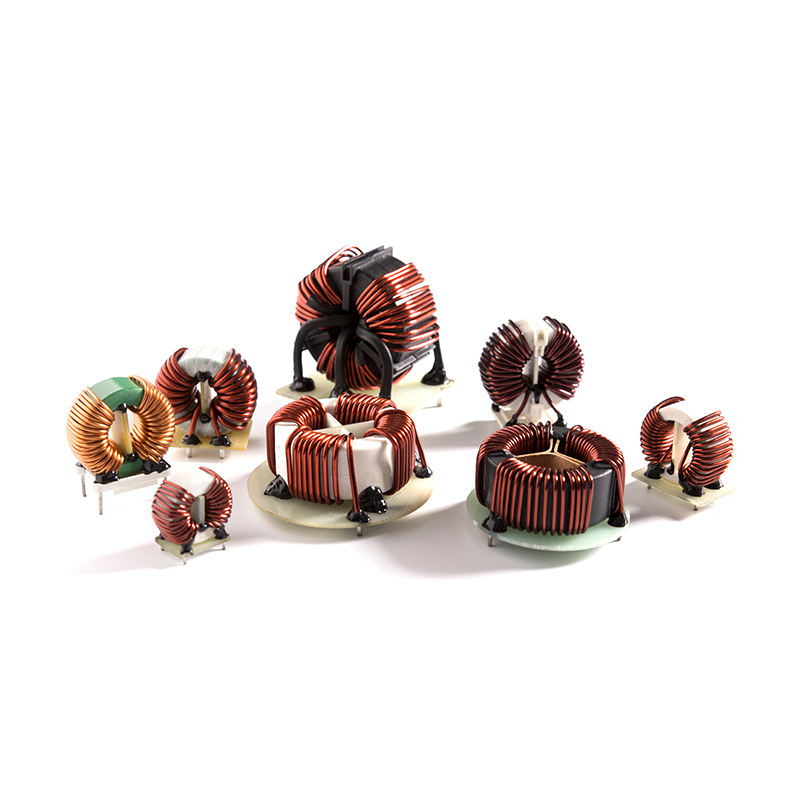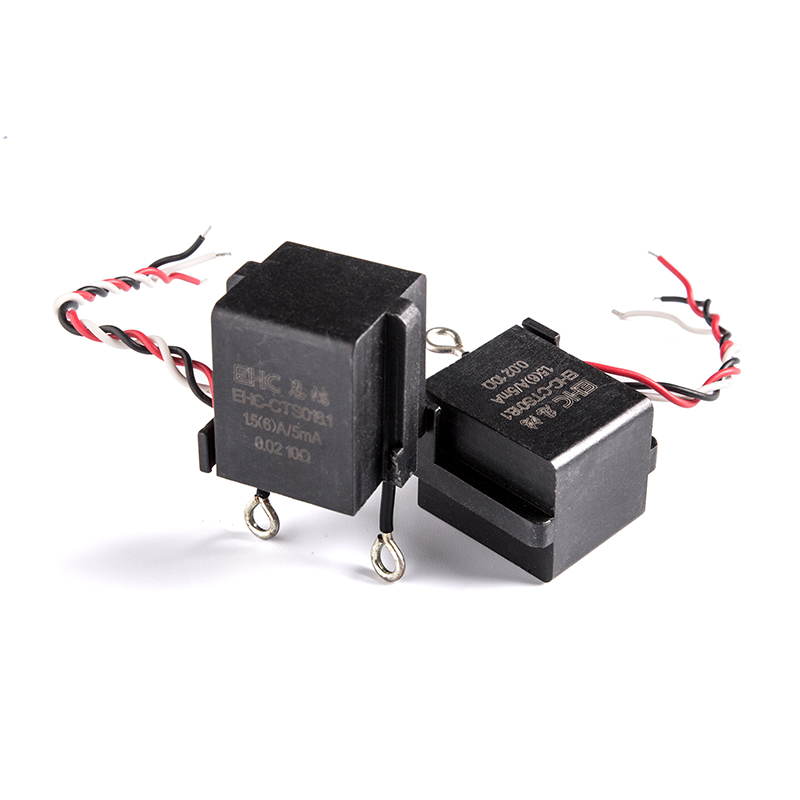The main advantage of switching power supplies over linear (non-switching) ones is that the power conversion can be carried out with high efficiency and in a small form factor. This is because the power dissipation in the switching transistor is minimal. This, in turn, allows higher current output at lower voltages than linear regulators.
In addition to the higher power efficiency, switching power supplies are more resistant to input variations than their linear counterparts. This is because they have the ability to step up or down the output voltage to regulate the output current to meet load requirements.
These supplies are used for home appliances, such as computers and televisions, but they can also be found in industrial settings. In industrial settings, they are used for bulk power distribution at a low DC voltage and individual equipment items may have switch-mode converters to convert between different voltages.
The process of transforming alternating current into direct current starts with an AC input signal, which is rectified and filtered. This is given to a central switching section of the power supply, which in turn gives the output to a control circuit. The control circuit then gives the desired voltage to the output.
This voltage is then regulated by the switching element, using pulse width modulation (PWM). The PWM process produces some high frequency noise but it enables switching power supplies to be highly efficient and to be small in size.

Another key benefit of switching power supplies is that they can be designed to comply with regulations on harmonics. This is because they can use an additional circuit to filter out these unwanted harmonics.
A common example is the buck-boost converter. It is a simple type of non-isolated converter that uses one inductor and one active switch.
It can be stepped up or down to produce the required output voltage by varying the duty cycle of the switching transistors. This type of converter can be more easily integrated than a transformer because only one inductor is needed, and it can step down voltages to a much higher degree of efficiency than a transformer.
These converters can be further optimized to increase their efficiency by reducing the on-resistance of the switching transistors and using an active power factor correction circuit. The most advanced switching power supplies can have efficiency levels up to 96%.
In addition, switching power supplies can be designed to handle temperature variations better than their linear counterparts. This is because the skin effect (amount of resistance caused by changes in the conductor's surface area) can be ignored at low frequencies, but can cause a large loss of energy at high frequencies.
This means that power supplies with a good design will be capable of regulating the voltage without causing significant distortion at any load. They will also have safety circuits to ensure that the output voltage is not affected by overload conditions or other environmental factors.

 English
English 中文简体
中文简体 Deutsch
Deutsch 日本語
日本語

 View More >>
View More >> View More >>
View More >> View More >>
View More >> View More >>
View More >> View More >>
View More >> View More >>
View More >> View More >>
View More >> View More >>
View More >>